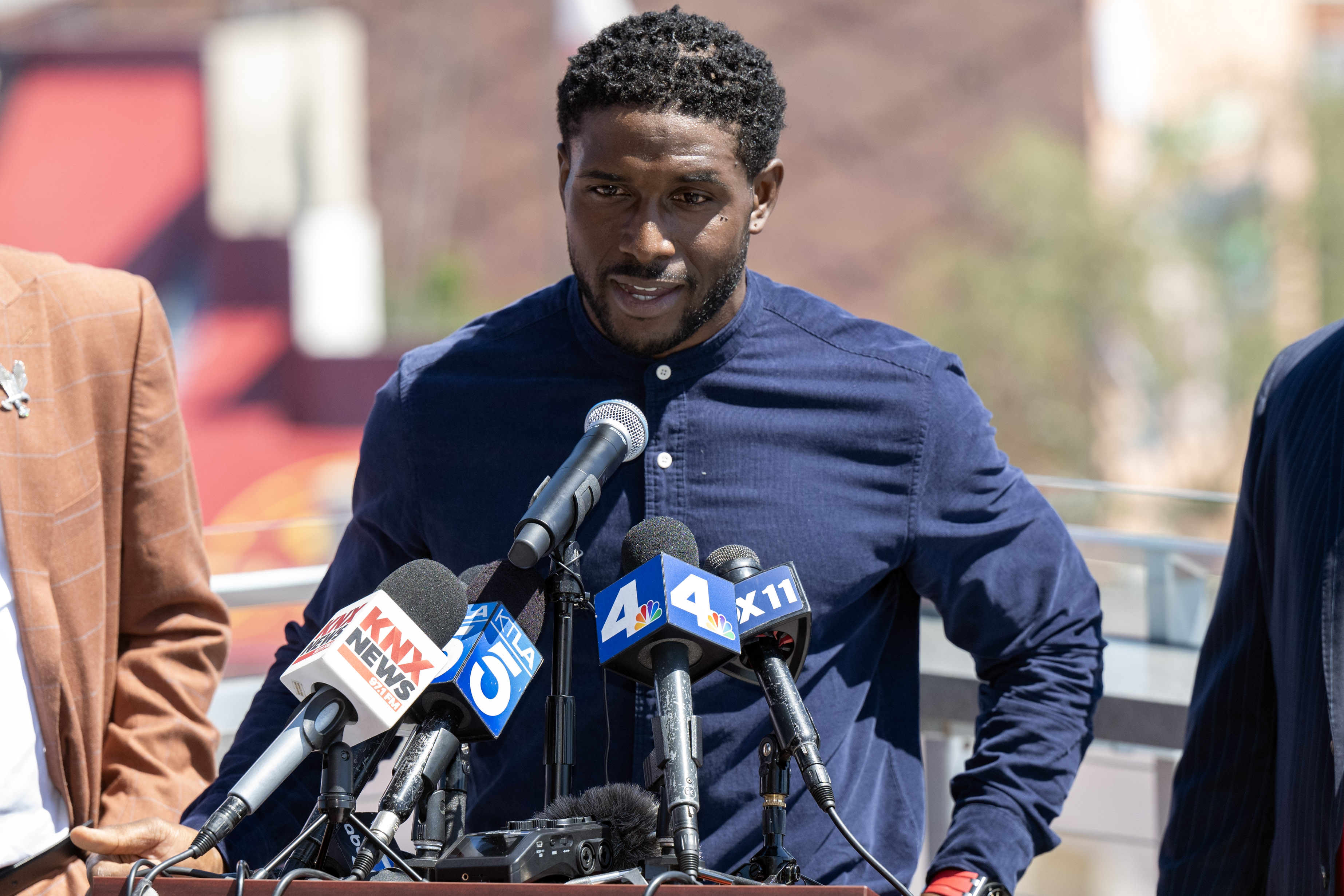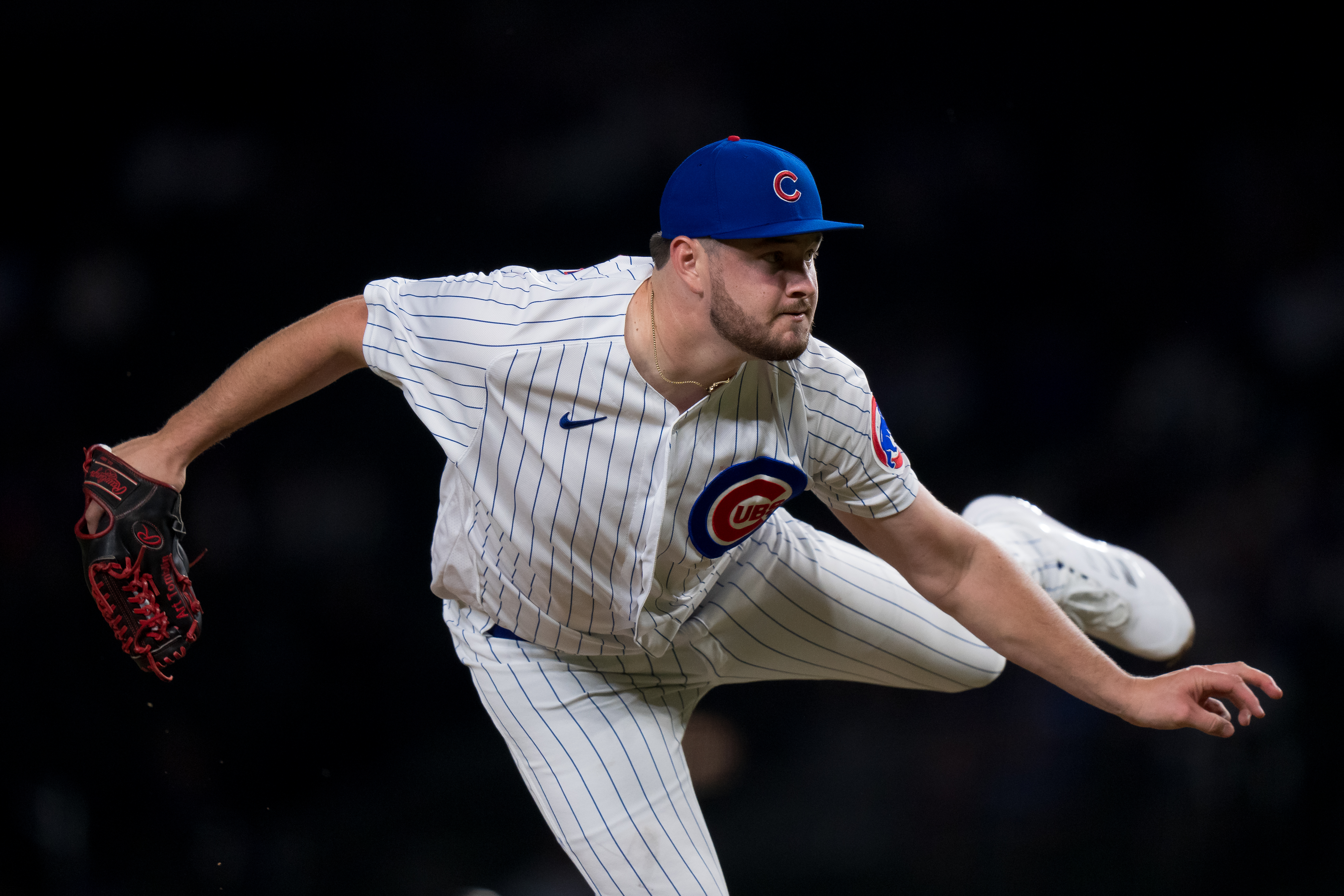
During the publication of my conceited effort to rate the NBA's Top 50, I saw a lot of comments and emails about those left out. A big slice of feedback also came in the form of criticizing the relative placement of various players, but that has been addressed within the posts themselves. The snubs need their due, though, so here's an attempt at explaining why certain players didn't make my cut.
Joe Johnson: J.J. was a hard omission, and on any given day I might have included him in the late 40s. Johnson is a great offensive player, a truly multifaceted weapon who can explode into blue-hot flames like few others. Some nights, he looks like one of the best in the world.
But "some nights" isn't good enough. Obviously, J.J. is a scorer by trade, Atlanta's top option every night. He failed to hit 10 points seven times last season. He shot worse than 40% in 30 of his 82 games -- more than a third of the season's worth of play. In those games, Atlanta went 9-21.
When you're the top dog, your team can't survive terrible shooting nights ... unless you find another way to score. Among all top-flight guards, J.J. was one of the worst at drawing fouls. Kevin Martin (who played four fewer minutes per game than Johnson) averaged 9.5 free throws a night. Johnson averaged 4.5 and shot at least nine free throw attempts in a game only 10 times. What good is J.J.'s slashing skill if it doesn't help his efficiency or his team's offense?
Again, Johnson is great on offense: one of the few who can get a three off against any defender alive. But what we see visually doesn't add up to what we see in the box score. He's good, but not as good as he looks.
Vince Carter: Like Jason Kidd and Shaquille O'Neal, Carter lives off his legacy these days. Vince has become a poorer-than-average deep shooter at 35% over the last three seasons. His per-minute scoring is good, but seriously lower than the top tier of two-guards. He no longer creates offense with the best, often deferring to less potent teammates when he should be dominating the ball as he did earlier in his career.
Vince used to be a minor Tracy McGrady. Both have fallen, and now Vince looks like a minor Vince, and Tracy McGrady looks like Vince of old. (Does that make sense? No? Oh ... ) Carter has been a scorer his entire adult life, and he's in danger of falling under 20 points per game on a terrible team that needs him to score. That sort of explains it all, don't you think?
Sports
Get today's sports news out of Los Angeles. Here's the latest on the Dodgers, Lakers, Angels, Kings, Galaxy, LAFC, USC, UCLA and more LA teams.
Stephen Jackson: How anyone can reason Jack as an All-Star, a darkhorse MVP candidate or even a Top 50 player is beyond me. I understand that he can be a good defender, and that he knows how to pass the ball. I'm aware that he makes love to pressure. But for someone who has a career three-point shooting percentage of 34% to take almost half of his shots from long range ... unconscionable. Blame Nellieball all you want, but that doesn't make Jack any better an NBA player. Six players who averaged 30 minutes a game shot worse than Jackson last season ... and none of those six took nearly as many shots.
Chris Kaman: Kaman is as good a rebounder and shot-blocker as Andris Biedrins, who came in at No. 50 on my list. Kaman is probably a better defender in total, and has more offensive moves (so to speak). However, Kaman has racked up several seasons of terrible field goal percentage as a center, whereas Biedrins has racked up several seasons of tremendous field goal percentage as a center. Once you adjust to per-36-minute rates, Kaman scores two more points than Biedrins on six extra shots. Just because Kaman puts up points doesn't mean he is a good offensive player. (See: Jackson, Stephen.)



